The battle against mosquito-borne diseases has entered a new era with the deployment of an unconventional "ecological army" – sterile male mosquitoes released by drones. This innovative approach, blending cutting-edge technology with biological pest control, represents a paradigm shift in vector management strategies worldwide.
Across tropical and subtropical regions, health authorities are grappling with the relentless spread of diseases like dengue, Zika, and chikungunya. Traditional methods of mosquito control, including insecticides and larvicides, have shown diminishing returns due to insecticide resistance and environmental concerns. The sterile insect technique (SIT), originally developed in the 1950s for agricultural pests, has emerged as a promising alternative when combined with modern drone technology.
How the Technology Works
The process begins in specialized mosquito production facilities where scientists rear millions of Aedes aegypti mosquitoes – the primary vector for numerous dangerous viruses. Through a carefully controlled sterilization process using low-dose radiation, the male mosquitoes are rendered infertile while maintaining their ability to mate. These sterilized males are then loaded into custom-designed drones equipped with temperature-controlled compartments.
Drone deployment offers significant advantages over ground-based release methods. The aerial vehicles can cover large areas quickly and deposit mosquitoes with precision in hard-to-reach locations like dense urban neighborhoods or areas with complex terrain. Advanced release mechanisms ensure the delicate insects survive the drop, with some systems using chilled compartments to keep the mosquitoes dormant until release.
The Biological Warfare Aspect
When released into the wild, these sterile males compete with their wild counterparts for female attention. The crucial difference lies in what happens after mating – while wild males produce viable offspring, the sterilized males' unions result in eggs that never hatch. Over successive release cycles, this causes the target mosquito population to crash dramatically without the ecological collateral damage associated with broad-spectrum insecticides.
Field trials in several countries have demonstrated remarkable success rates. A pilot program in Guangzhou, China achieved a 94% suppression rate of wild Aedes populations during peak transmission seasons. Similar projects in Brazil and Mexico have shown comparable effectiveness, with the added benefit of being species-specific – unlike chemical sprays that kill beneficial insects along with mosquitoes.
Operational Challenges and Solutions
Implementing this high-tech solution isn't without hurdles. Maintaining mosquito quality during mass rearing requires meticulous attention to genetic diversity and physiological fitness. Weak or less competitive sterile males would fail to outmate their wild rivals. Researchers have developed sophisticated quality control protocols, including regular mating competitiveness tests under semi-field conditions.
Another challenge involves release timing and distribution patterns. Mosquito populations fluctuate seasonally and vary by microhabitat. Smart drones equipped with environmental sensors and AI-powered distribution algorithms can now adapt release strategies in real-time based on weather conditions, urban layouts, and historical infestation data.
Public Acceptance and Education
Perhaps the most unexpected obstacle has been community resistance. The concept of intentionally releasing more mosquitoes – even beneficial ones – often meets with public skepticism. Health agencies have launched extensive education campaigns explaining how only male mosquitoes (which don't bite) are released, and how the technology reduces reliance on chemical sprays. Some programs now incorporate community engagement through mosquito release monitoring apps, turning residents into active participants in the control effort.
Regulatory frameworks have had to evolve alongside the technology. Many countries lacked specific guidelines for aerial release of biological control agents, necessitating new protocols for environmental risk assessment and operational oversight. The International Atomic Energy Agency has played a key role in developing international standards for this emerging field.
Economic and Environmental Considerations
While the upfront costs of drone SIT programs exceed traditional spraying, the long-term economic analysis tells a different story. By targeting only the disease-carrying species and avoiding pesticide resistance, the approach promises more sustainable control with reduced recurring costs. Health economists note that the prevention of just one major dengue outbreak can offset years of program expenses.
Environmental benefits extend beyond reduced chemical usage. The precision targeting prevents disruption to aquatic ecosystems that often occurs with larvicide applications. Pollinators and other beneficial insects remain unaffected, supporting broader biodiversity conservation efforts in urban areas.
The Future of Vector Control
Researchers are already working on next-generation improvements. Some teams are experimenting with Wolbachia-infected mosquitoes as an alternative to radiation sterilization, while others are developing self-dispersing mosquitoes that can carry the sterile males deeper into urban landscapes. Drone technology continues to advance as well, with swarms of smaller autonomous vehicles being tested for hyper-localized releases.
As climate change expands the habitable range for Aedes mosquitoes into temperate zones, the demand for effective, sustainable control methods will only grow. The marriage of drone technology and sterile insect technique represents more than just a new tool – it signals a fundamental rethinking of how humanity manages its ancient insect adversaries. With careful implementation and continued refinement, this "ecological army" may prove decisive in the long war against mosquito-borne diseases.

By /Aug 7, 2025
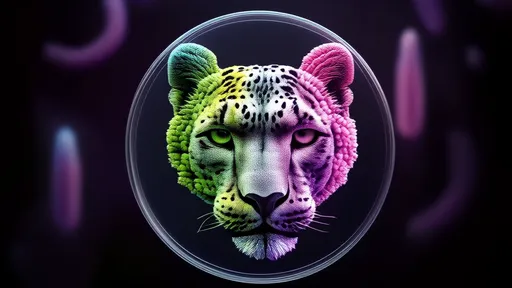
By /Aug 7, 2025

By /Aug 7, 2025
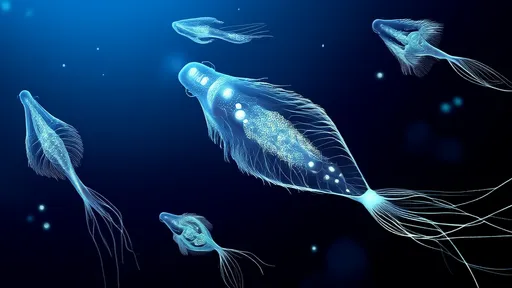
By /Aug 7, 2025

By /Aug 7, 2025
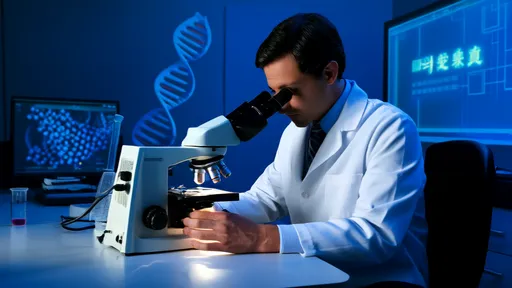
By /Aug 7, 2025
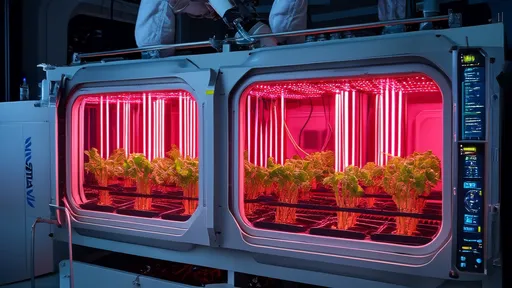
By /Aug 7, 2025

By /Aug 7, 2025
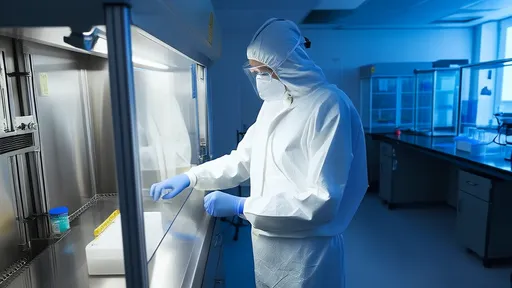
By /Aug 7, 2025

By /Aug 7, 2025

By /Aug 7, 2025

By /Aug 7, 2025
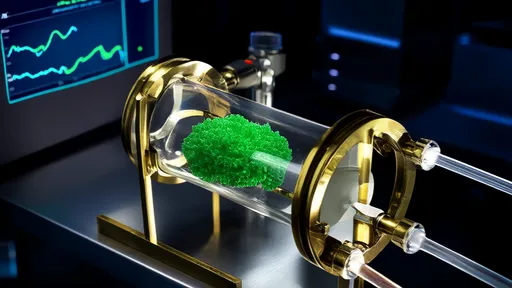
By /Aug 7, 2025

By /Aug 7, 2025

By /Aug 7, 2025

By /Aug 7, 2025
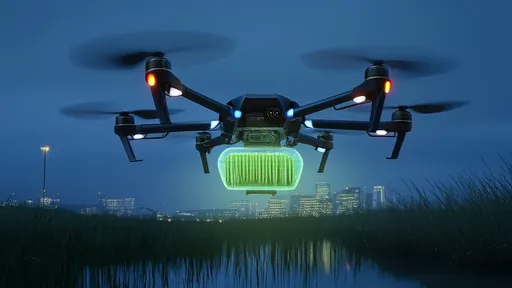
By /Aug 7, 2025
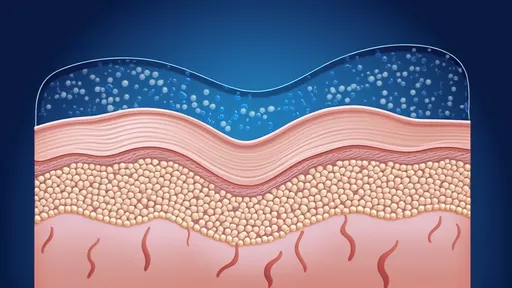
By /Aug 7, 2025
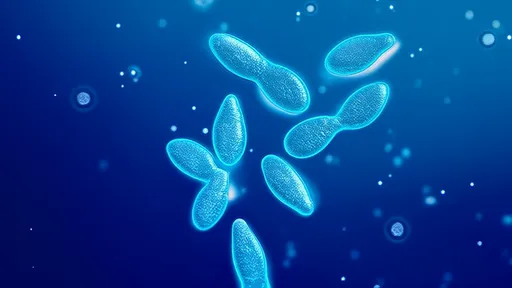
By /Aug 7, 2025

By /Aug 7, 2025